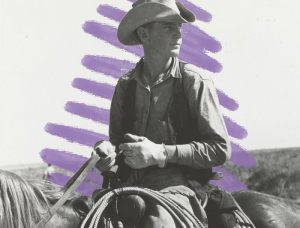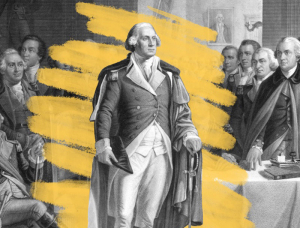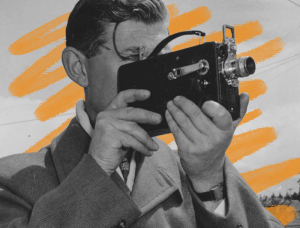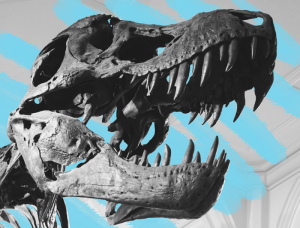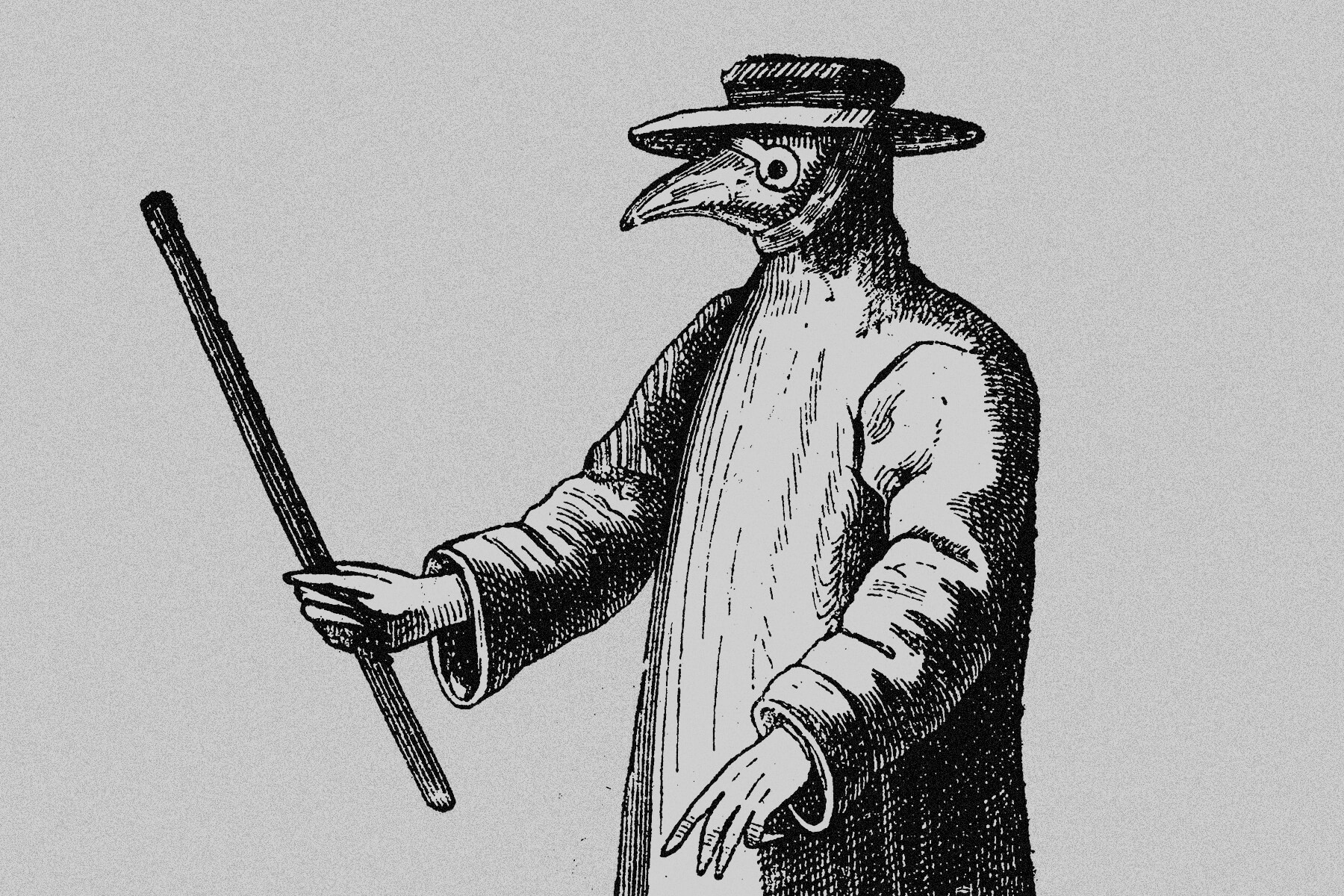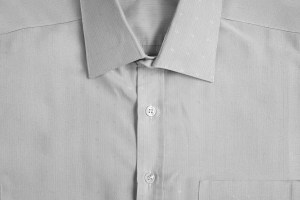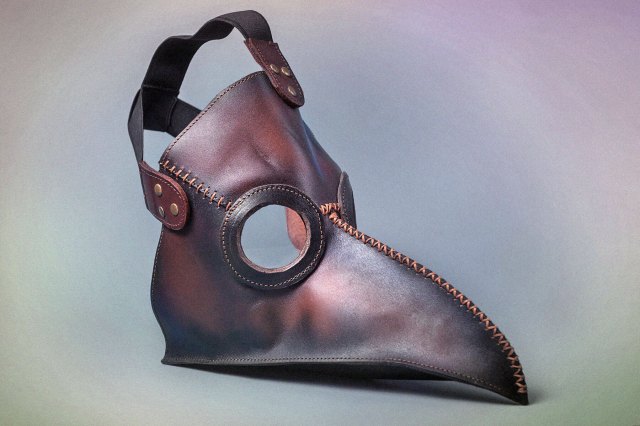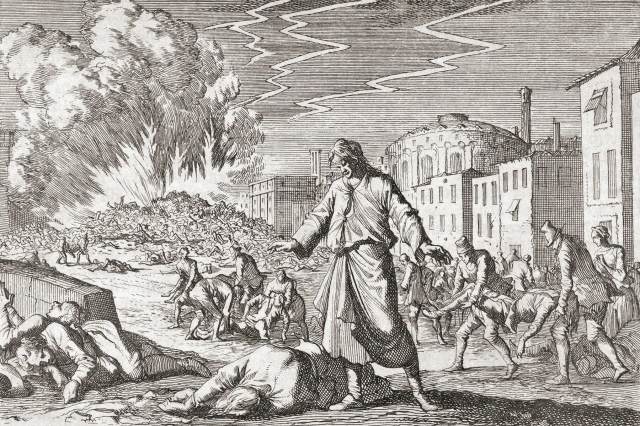Why Did Doctors Wear Beak Masks During the Bubonic Plague?
Few images in medical history are as striking (or as creepy) as those of plague doctors with their long, beaked masks. This peculiar costume, worn by physicians during outbreaks of bubonic plague in Europe, has become an enduring symbol of the disease. But why did doctors wear these strange masks, which surely must only have added to the fear felt by people in times of suffering? What purpose did the design serve? Here’s the reasoning behind the mask, which came about in an age when the true nature of disease transmission was still shrouded in mystery.

The Origins of the Plague Doctor Costume
Contrary to common belief, the plague doctor costume was not a medieval-era invention. Despite its common association with the Black Death — the name given to the bubonic plague pandemic that devastated Europe in the mid-1300s — there is no evidence to suggest it was worn during the 14th-century epidemic or at any point in the Middle Ages. It emerged much later, in the 17th century, when plague outbreaks were still common in Europe.
We know that the striking attire was worn in 1619 by the French physician Charles Delorme during an eruption of the bubonic plague in Paris. Delorme, who some historians credit as inventing the outfit, described the plague doctor costume in full in a mid-17th century text, complete with leather hat, gloves, a waxed linen robe, boots, and a mask with glass eyes and beak.
Plague doctors across Europe soon adopted the outfit; they also carried a stick with which to remove the clothes of the infected. The look was so widely recognized in Italy that it became commonplace in Italian commedia dell’arte — an early form of comedic theater — and carnival celebrations, and it remains a popular costume today.
